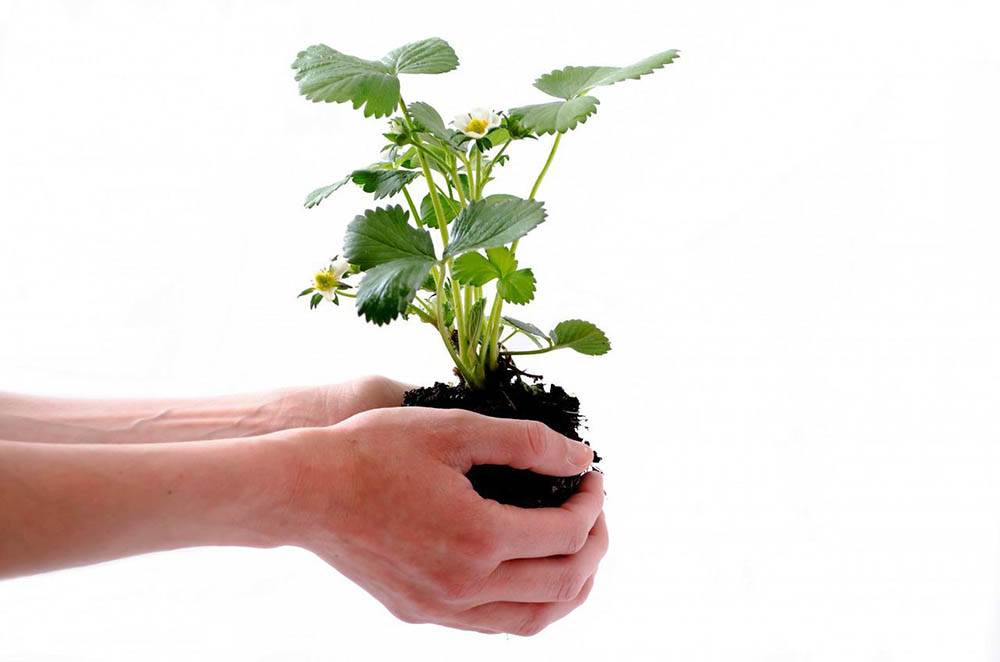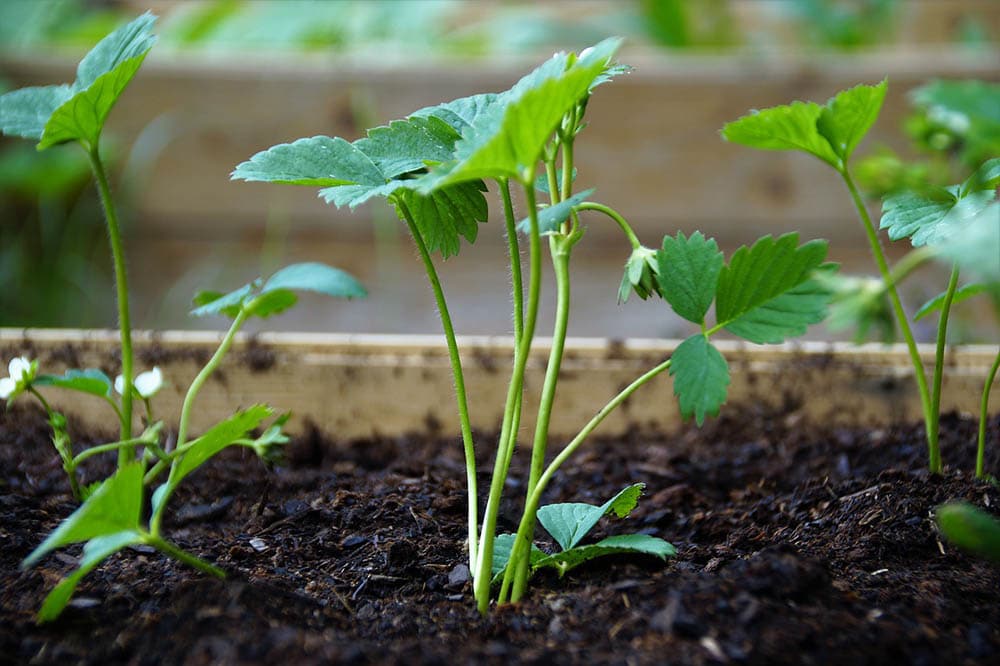Do Strawberries Need a Trellis? 5 Steps for Vertical Growth
-
Pete Ortiz
- Last updated:

If you’re wondering whether you need a trellis to grow strawberries, you’re in luck because the answer is no. Strawberries are horizontal growing plants and will not naturally climb vertically, so you don’t need any sort of vertical support if you just want a basic addition of strawberries to your garden.
If, however, you do want vertical strawberries, don’t dismay yet because it can be done. However, a trellis alone won’t do the job properly. Here’s our step-by-step guide to accomplishing vertical strawberries.
The 5 Steps for Growing Strawberries Vertically
1. Choose the Right Planter

Trellises and other such simple vertical supports are mainly designed for naturally vertical climbers like peas or squash. These plants only need one source of soil to propagate and will send out long, climbing tendrils that will flower and produce fruit far off the ground, often with many fruiting bodies appearing off the same vine. Strawberries, naturally horizontal growers, won’t do this. Their fruiting stems aren’t long enough to allow for climbing, and a single fruiting stem will only produce a single fruit body.
Wherever you want a strawberry to grow out of, you need soil in that location. Thus, the only way to successfully grow vertical strawberries is to take a series of planters filled with soil and organize them vertically. This can be done in many ways.
You can take a trellis or some other fence-like structure and attach a series of small soil boxes to it. You can make a tower of soil boxes; just stack them atop each other in alternating directions (you may want some central supports to make this more stable). You can even make vertical hangers with a central tube filled with soil and holes drilled in the sides where the strawberries will grow from. The world is your oyster.
Just as a side note, there are some sites out there that claim you can grow strawberries vertically without multiple soil sources. They state that you can take the long runners and tie them to a trellis thereby forcing them to grow vertically. Firstly, we know of no gardeners who have been successful with this method; and secondly, it doesn’t make much sense as those runners need a soil source to propagate a new plant.
2. Add Soil and Sun
Use a good organic potting mix for best results. They’ve got a full blend of all the different nutrients a growing plant needs, and a proper soil consistency to prevent water from either passing through too quickly or not at all. You can also mix a good organic edibles plant fertilizer in the soil as well for even more luscious growth.
Strawberries are a full-sun plant, so you’ll want to place your vertical structure in an area where they’ll get at least 8 hours of sunlight a day. Some extremely arid areas like the Southwest can be too much sun, however, so give them a bit of shade as conditions require.
3. Plant in Early Spring

The best time to plant is after the last frost. This maximizes the growing season and prevents the risk of a cold snap killing your plant.
When you go to plant, you want to be sure to get the right depth. There’s a structure just above the roots and below the base of the existing stems, this is called the crown. You want to bury the roots fully, but don’t completely cover the crown. Doing this can easily result in rot that kills your plant. Leave about half the crown exposed.
3. Water Frequently
As much as strawberries love the Sun, their roots are very shallow and can dry out easily. Check your soil every day and water whenever the surface is no longer damp. In more temperate climates, it may not require daily watering, but it’s better to get into the habit of a daily check just to be on the safe side.
4. Wait for Fruit and Tend to the Runners
You can expect plump, juicy strawberries beginning 4-6 weeks after planting.
Strawberries are a very profligate plant and will frequently begin putting out long shoots with only a small tuft of leaves at the very end. These are runners–the plant’s attempt to reproduce. Putting out these runners takes a lot of energy from the parent plant, energy that isn’t spent making juicy fruit. So, you’ll want to cut them off whenever you see them to force the plant to redirect its energy into fruit production.
4½. Planting Runners
If you want to allow reproduction, leave some of the runners alone. The plant will produce a lot of these, so you’ll still want to cut most of them, but choose a couple of the healthiest looking ones and let them grow. They’ll get quite long and eventually the tuft at the end will sprout tiny rootlets and small leaves.
At this point, select a spot where you want the new plant to grow. It could be in the same box as the parent or another box if the runner is long enough. Gently press the rootlets just into the surface of the soil, securing the baby plant in place with a bent paper clip or something of the sort.
After a few weeks, you’ll see new leaf growth from the baby plant. At this point, it’s mature enough for you to sever the runner stem still connecting to the parent plant. Voila, you have now propagated a new strawberry plant.
Remember, however, that this whole process will impact the parent plant’s ability to make fruit.
5. Harvest and Enjoy

Ripe strawberries left on the vine too long will start to rot pretty quickly, so be sure to harvest them as soon as they’re bright red. Harvest by pinching off the stem a little ways above the strawberry cap. The remainder of the stem will naturally die without harming the plant, so don’t worry about pruning it unless you really want to.
Conclusion
Enjoy your delicious strawberries from your impressively aesthetic and space-saving vertical planters.
You may also be interested in: Do Raspberries Need a Trellis? How to Grow Raspberries Vertically
Featured Image Credit: congerdesign, Pixabay
Contents



